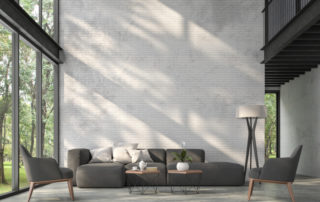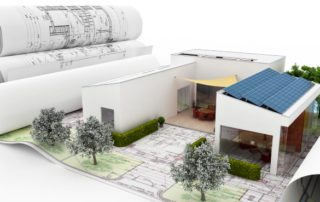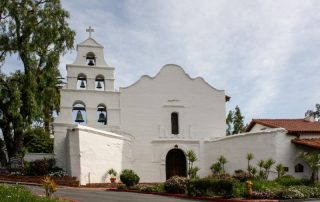Are In-Home Elevators a Wise Aging-in-Place Choice for Seniors?
Aging in place is an important issue for many seniors. If you live in Marin County, you may know that seniors make up about 27% of the population. Given the option, many would prefer to live in their homes. However, adjustments are not always simple or easily affordable. Architects can help in assessing a home











